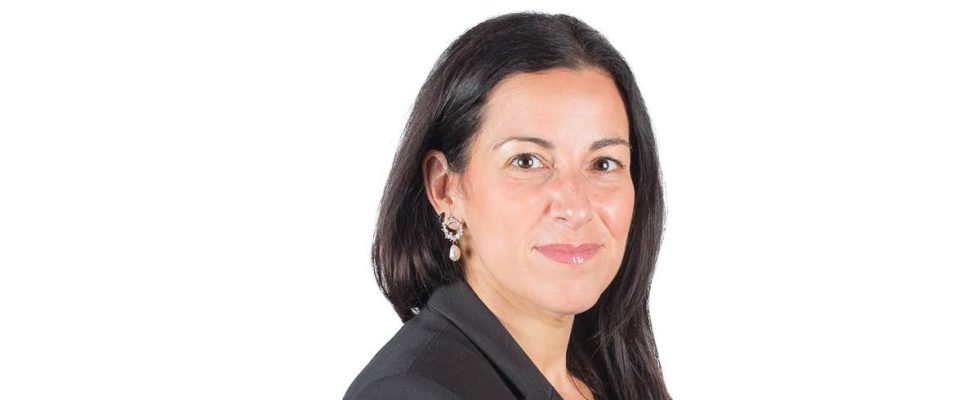This week, we are looking at the question of a 35-year-old reader, Marie-Ève, who is seeking advice to improve her financial situation. “I have two children in 50/50 shared custody and my salary is $55,000 per year. Currently, my investment portfolio consists of $10,000 in RRSPs. I don’t have a TFSA and I will soon have $70,000 to invest following the sale of my house. My new rent cost will be $1,000 per month and I’m not sure I want to buy a house in the future, although it remains an option. I now contribute $500 per month to my retirement plan. I would like to know what is the right thing to do with the $70,000 I have to invest. I need advice to improve my financial future given how far I fell behind by not having saved in my 20s. »
Create a global picture
There can be a significant gap between how we perceive our financial situation and the rational analysis of certain facts. Marie-Ève, although she is aware of her low level of savings in the past, can still console herself with certain positive elements. First, she recently contributed to a group registered retirement savings plan (RRSP) through her employer and benefits from new contributions to a deferred profit-sharing plan. This is a new possibility for integrating contributions into your automation systems.
Then, Marie-Ève does not have any debt to begin this new stage of her financial life. Finally, with a taxable income of $55,000, she can count on various socio-fiscal measures that really increase her available liquidity for the next eight to ten years, taking into account the age of her children, such as family allowances.
As we indicated in our column last week, Marie-Ève should take a step back to carefully analyze her choice of whether or not to buy a property in the coming years, as the purchase of a residence is not an option. direct to enrichment. As she benefits from a stable income, the first step, in her case, will be to update her budget following the sale of her house. What is the difference between her current housing expenses and the housing expenses she had previously? By making a comparison, she will be able to determine the amount of capital to allocate monthly to an additional investment.
RRSP or TFSA?
Now what to do with that $70,000? In order to choose the appropriate tax regime, our reader must think about her objectives. In the short term, she should open a tax-free savings account (TFSA) to temporarily invest the capital. From this account, she will be able to annually assess the relevance of contributing to other registered accounts, such as the RRSP and the education savings plan (RESP). Since Marie-Ève is not eligible for the tax-free savings account for the purchase of a first property (CELIAPP) nor for the home ownership plan (RAP) within five years, this account would represent its financing option for a possible down payment.
Marie-Ève has two children, aged seven and eight, she should open an RESP without hesitation. Remember, each parent’s contribution generates the payment of subsidies of up to 30%. In addition, given his family income adjusted after RRSP contributions, his children are eligible for the Canada Learning Bond (CLB), i.e. $500 the first year and then $100 per year until the child turns 15. When her children’s post-secondary studies begin, she will be able to resume her contributions and catch up on her RRSP contribution room, in particular.
In theory, Marie-Ève could gradually disburse the TFSA to contribute, respectively $3,400 and $3,750 per year, in order to collect all the RESP grants. However, since RESP contributions are not deductible from taxable income, I suggest to our reader simulations of RRSP efficiency indicating the family income actually available – after contributions, tax savings and socio-fiscal measures – in order to determine the amount optimal to contribute annually to the RRSP.
Note, however, that this amount may differ from the amount of money required to achieve retirement objectives. A simulation in this regard would be beneficial to have an overall vision.
Don’t overestimate your financial security
When starting a new life as a separated parent, the risks associated with the financial impacts of illness or death must also be reviewed. If Marie-Ève were unable to generate income, for how long could she organize herself without dipping into the portfolio she currently has? A thorough review of group insurance should be carried out in order to supplement it, if necessary, with individual protection for disability and serious illnesses.
Parents who separate tend to want to cancel the life insurance policies they had taken out as a couple. However, the premature death of one of them while the children are still financially dependent on them would have an even greater impact on the surviving parent! Given the young age of the children, life insurance protection should therefore be maintained on the lives of both parents, with the children as beneficiaries. The will should also be revised accordingly, in order to provide for the administration of property inherited by minor children.
